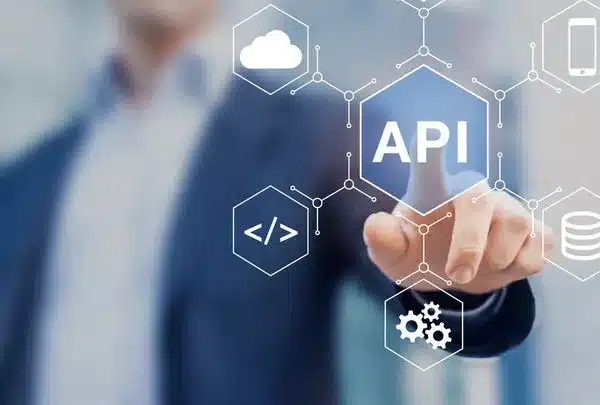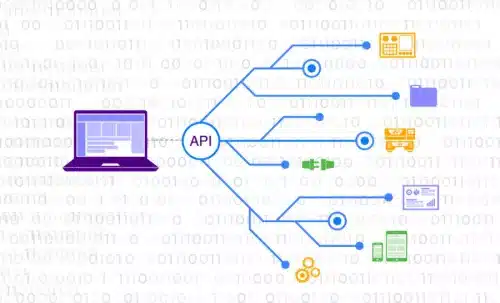 In today’s fast-paced digital landscape, businesses and individuals constantly seek improvements to efficiency and productivity. One powerful solution to achieve this is automating workflows using Application Programming Interfaces (APIs). APIs serve as bridges that enable different software systems, like a CRM and Solargraf, to communicate and share data seamlessly. This article explores how leveraging Solargraf’s public APIs can streamline your workflow.
In today’s fast-paced digital landscape, businesses and individuals constantly seek improvements to efficiency and productivity. One powerful solution to achieve this is automating workflows using Application Programming Interfaces (APIs). APIs serve as bridges that enable different software systems, like a CRM and Solargraf, to communicate and share data seamlessly. This article explores how leveraging Solargraf’s public APIs can streamline your workflow.
Understanding APIs:
APIs act as intermediaries, allowing different software applications to interact with each other. They define the methods and data formats that applications can use to communicate. APIs enable enterprises to reduce dependency on manual labor and eliminate the errors that come with it. As you are reading, your business CRM may be using APIs to communicate with the web, ERP, payment gateways, and other software. The two most significant benefits of using APIs are listed below:
- Data integration: APIs enable seamless integration between different databases and applications. Automating data transfer and synchronization processes can eliminate manual data entry errors and save valuable time.
- Communication and collaboration: APIs in messaging and collaboration tools can automate notifications, updates, and data sharing, fostering real-time communication with different teams.
Identifying workflow pain points and bottlenecks:
Before diving into automation, it is crucial to identify bottlenecks and inefficiencies in your current workflow. This assessment will help you pinpoint areas where automation can have the most impact. Whether it is data entry, communication between systems, or repetitive tasks, APIs can offer solutions to streamline these processes. For example, the lead time between a sales representative contacting and collecting information and a designer creating the design could be a few days due to necessary processes to transfer information internally. With Solargraf APIs, site information, homeowner information, and notes can be passed from CRM to Solargraf in one click, allowing the designer to start working instantly.
Selecting the right APIs and implementing API automation:
Once you have identified the pain points in your workflow, the next step is to map them to appropriate APIs from the available 70+ endpoints, which will resolve the inefficiencies. Implementing API automation involves developing scripts or applications that interact with the chosen APIs. After code deployment, API testing is performed in a sandbox environment with limited tool functionality designed for testing to prevent test data from corrupting the production environment. After successful testing in the sandbox, data and processes can be moved to the production environment.

Best practices for API automation:
- Authentication and security: Solargraf ensures proper authentication mechanisms are in place to secure API interactions. Solargraf uses API keys and OAuth tokens to authenticate and authorize access. Please ensure API keys for respective environments are used appropriately.
- Error handling: Solargraf has appropriate error codes to help developers identify and manage unexpected issues during API interactions. These error codes include rate limits, timeouts, information not found, or incorrect requests.
- Refer to documentation when in doubt: Refer to API documentation provided by Solargraf on the website. Understanding how to make requests, handle responses, and troubleshoot potential issues is crucial.
- Testing and updates: Thoroughly test your automated workflows to ensure they function as expected. Always test the implementation in a sandbox before moving to the production environment. Look for mandatory updates from Solargraf and update your automation scripts to accommodate the changes. The Solargraf team will ensure that these updates reach your team and that your team has more than sufficient time for the updates.
Conclusion:
Automating your workflows using Solargraf’s public APIs empowers businesses and individuals to achieve greater efficiency and productivity. You can transform manual and time-consuming processes into streamlined and automated routines by identifying workflow bottlenecks, selecting the right APIs, and implementing best practices. For a deep dive into mapping business processes with APIs, we recommend reading Deep dive: Workflow automation with Solargraf APIs . Embrace the power of APIs to unlock new possibilities and propel your workflow into the future. Visit our API documentation center for more information.


 United States
United States Germany/Austria
Germany/Austria Brazil
Brazil Netherlands
Netherlands